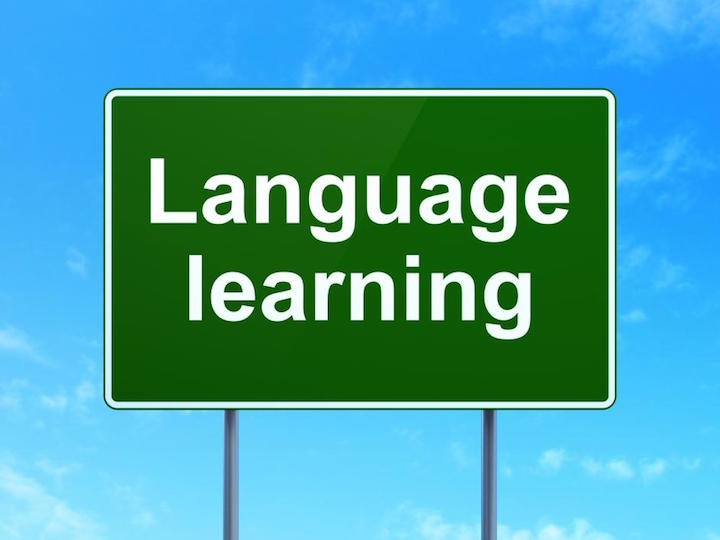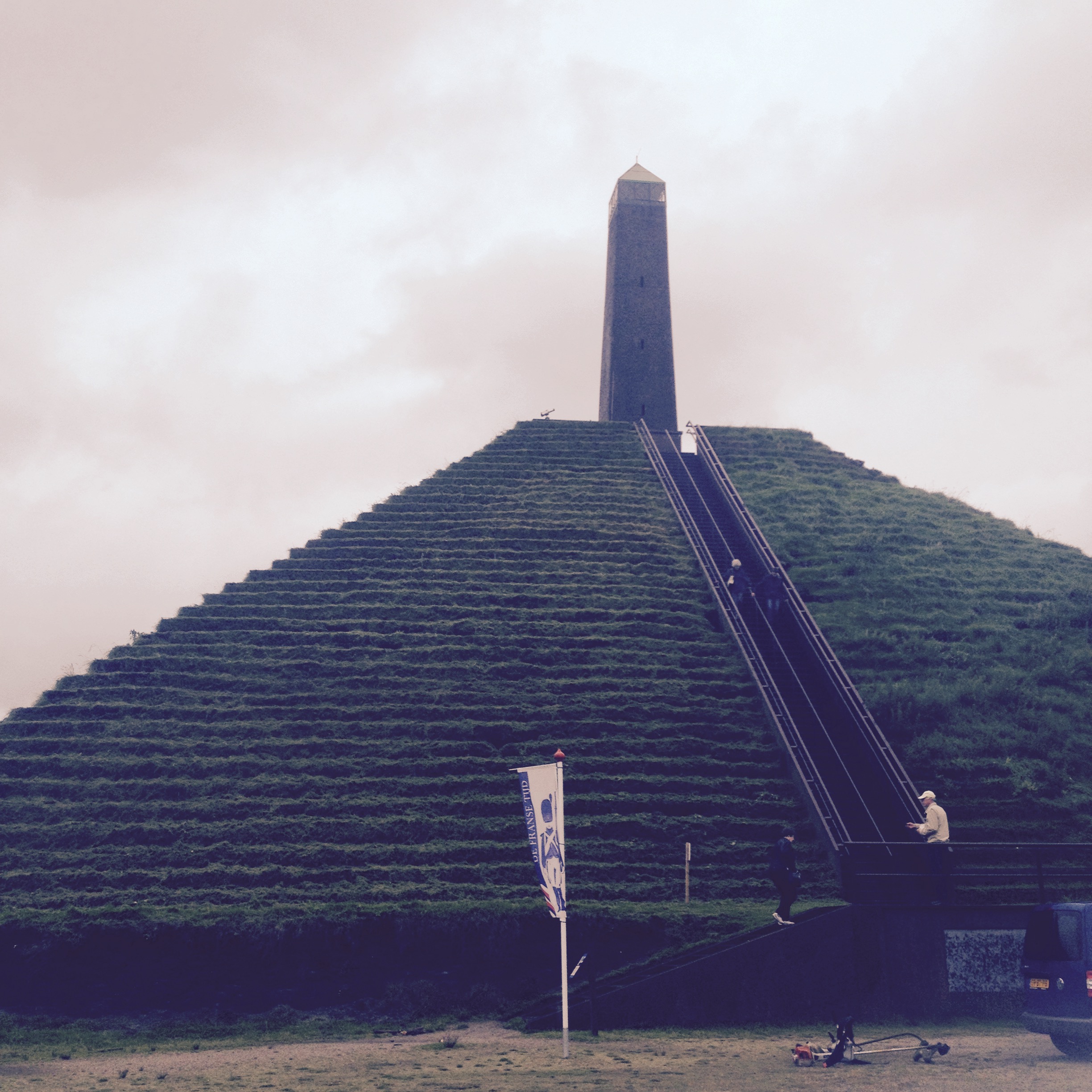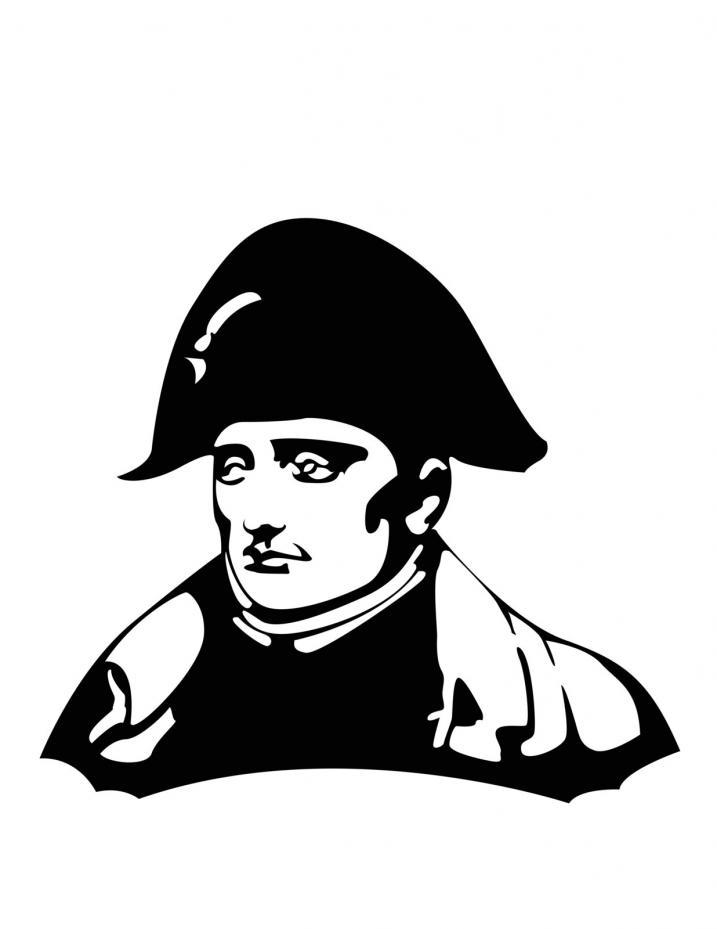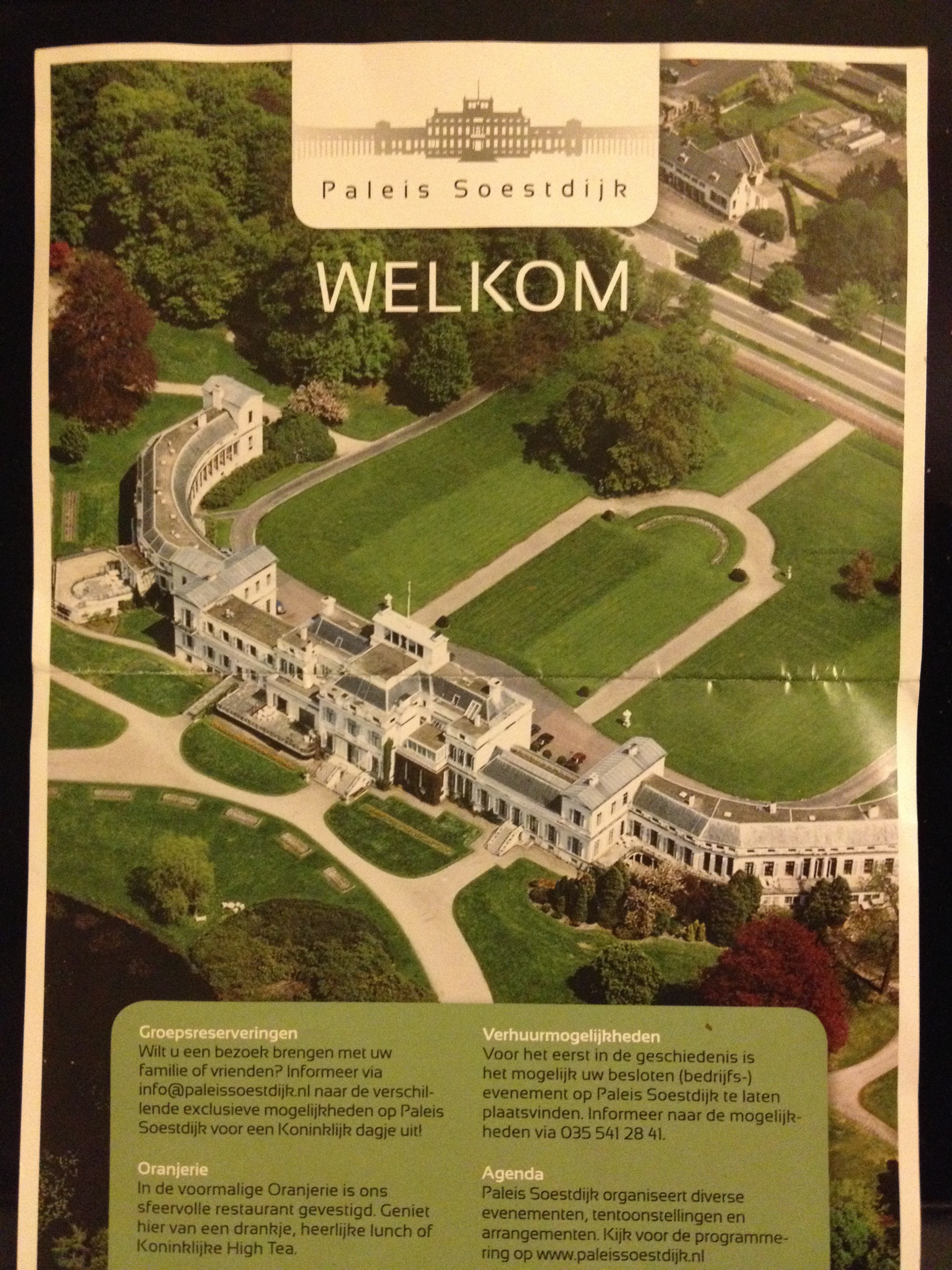3 Languages, a Pyramid, Napoleon, Royalty and a Family Reunion
 How do languages, a Pyramid, Napoleon, Royalty and a Family Reunion all fit together? The secret lies in the Netherlands!
How do languages, a Pyramid, Napoleon, Royalty and a Family Reunion all fit together? The secret lies in the Netherlands!
Travels in Europe always present a wonderful opportunity for us to refresh our historical knowledge as well as the chance to practice a language or two.
During a recent stay in the Netherlands, I also learned a few facts that I had either forgotten or, more likely, never knew.
My Dutch Experiment
Readers of a previous post may recall that I had started to learn Dutch around the beginning of 2015. Starting with one daily Duolingo lesson in January 2015, then increasing it to 1-2 lessons per day in May, I added the 3-month Dutch Babbel course in early June, while continuing with 1-2 daily Duolingo lessons. I had completed the Babbel Dutch course by the end of August.
In early September, our family reunion in Utrecht gave me an opportunity to listen to a lot of Dutch; I also knew (from my speaking practice with my wife) that I was not yet ready to participate in a fast-moving Dutch conversation.
However, I was quite pleased that I was not only able to follow most Dutch conversations, but also to read and understand the Dutch-only explanations in the various museums we visited.
Dutch is probably one of the easiest languages to learn for a German speaker. Nevertheless, it's good to remember that the 100 hours I invested in Duolingo and Babbel will not produce fluency. For that I'll clearly need more speaking practice.
The Pyramid of Austerlitz
 When a Dutch cousin wanted to take us to the "Pyramide van Austerlitz", near Utrecht, I was somewhat baffled. A “pyramid” and “Austerlitz” in the Netherlands? Wasn't Austerlitz located in the Czech Republic, where Napoleon had won a crucial battle?
When a Dutch cousin wanted to take us to the "Pyramide van Austerlitz", near Utrecht, I was somewhat baffled. A “pyramid” and “Austerlitz” in the Netherlands? Wasn't Austerlitz located in the Czech Republic, where Napoleon had won a crucial battle?
Yes, certainly, I remembered correctly, but there was also a surprising explanation:
In 1804, a General Marmont of the French army commanded about 18,000 men. They were stationed in an encampment on the heath between Woudenberg and Zeist (two small villages near Utrecht).
Six years earlier, Marmont had accompanied Napoleon on a military campaign to Egypt and was quite impressed by the pyramids.
As he needed something to do for his soldiers, he ordered them to build a pyramid of sand and turf from the heath, with the hope that the pyramid would carry his name for all eternity.
Unfortunately, two years later, Napoleon's brother, King Louis Bonaparte, renamed it “Pyramide van Austerliz” in honor of Napoleon's victory over the Austrian and Russian armies in 1805.
The transient nature of the pyramid soon became apparent, as it started to succumb to erosion and the pyramid's straight lines turned to a conical hill. In 2007 it was restored, with its stone obelisk now firmly in place.
The French Era and Napoleon's Continuing Legacy

As with many other countries in Europe, Napoleon's influence can still be felt in the Netherlands today.
I did not know, for example, that Napoleon was responsible for the Netherlands to become a unified state and a kingdom. Here is a summary from the Austerlitz Pyramid brochure by Landschap Erfgoed Utrecht (which also provided much of the information above):
“In 1806 he installed his brother Louis Bonaparte as king of Holland and turned our country into a kingdom. Louis committed himself to defending the interests of our forefathers, even if it went against the interests of France. This displeased Napoleon immensely, and he took measures that made it impossible for Louis to reign any longer. In 1810, Louis abdicated, and our country became part of France.
National service was implemented and French legislation was introduced. Napoleon's campaign to Russia, however, meant the beginning of the end of the Napoleonic era. The French army was defeated at Leipzig, and Napoleon was banished to Elba. In 1814, William I became king.
Even though the French Era lasted less than 20 years, it greatly influenced the Dutch society. Our country had become a unified state and a kingdom, and there is no doubt that the positive experience with Louis Bonaparte played a part in it. It was also a first step to becoming a parliamentary democracy.
Laws that were made in 1814 were based on the French legislation introduced in the Netherlands during the French Era.
As a result, the Netherlands became a modern constitutional state, and everyone became equal in the eyes of the law: a radical change from the situation before 1795.”
Clearly in the 19th century, and well into the 20th century, a king was still seen as a unifying force and therefore a necessity. (During our visit to Norway, a few years ago, we had learned that Norway, when it separated from Sweden in 1905, decided by plebiscite that it still needed a king, and it selected a Danish price. See our post : Language Politics...)
Visiting Paleis Soestdijk and Learning about Dutch Royalty
 During our family reunion, we all visited Paleis Soestdijk, which is also located near Utrecht in the municipalities of Soest and Baarn. Built originally as a hunting lodge between 1674 and 1678, the palace was significantly expanded with two wings by 1821, after the Netherlands had become a kingdom.
During our family reunion, we all visited Paleis Soestdijk, which is also located near Utrecht in the municipalities of Soest and Baarn. Built originally as a hunting lodge between 1674 and 1678, the palace was significantly expanded with two wings by 1821, after the Netherlands had become a kingdom.
Used by Princess Juliana (Queen of the Netherlands from 1948-1980) and Prince Bernhard as their official residence until both their deaths in 2004, it is an interesting example of a palace with neoclassical furnishings as well as modern features, used until 10 years ago by a citizen-monarch.
In discussing the king/queen situation, we found great support for the constitutional monarchy both with young and old family members. The new king, Willem-Alexander and his Argentina-born wife Maxima seem to be well liked. They are seen as staying above the political fray on one hand while representing the Netherlands very well abroad on business and cultural matters.
Speaking English, German, (a little) Dutch, and Spanish
At my wife's Dutch family reunion, with family members attending from the US, Canada, Mexico, Austria, Germany, and the Netherlands, the three main languages were clearly Dutch, English, and German. Switching between different languages during a conversation, when others join, is quite common. It also gives everybody a good language workout.
I am always amazed how well the Dutch speak English, which many indeed prefer to German, with its three genders (Dutch only has two), its cumbersome endings, and declinations. The Dutch heritage as traders and merchants, and their English school classes, starting even before high school, may explain why over 90% of Dutch people speak English as a second language. Only 70% speak German.
Also, movies are typically not dubbed in Dutch and many are shown in the original language, often English.
These family reunions in the Netherlands are always a wonderful opportunity to connect with family members we have not seen in a while and - for us language lovers - also a chance to practice our languages. I still have a way to go with Dutch, but with more Dutch speaking practice with my wife, I am now confident that next time I'll be able to hold my own..
Our Travels Continue
And after our stay near Utrecht we began a three-week trip through northern Germany, an area we did not know very well. The first stage we called From Utrecht to Hamburg.
Bio: Peter Rettig is the co-founder of Gamesforlanguage.com. He is a lifelong language learner, growing up in Austria, Germany, and Switzerland. You can follow him on Facebook, Twitter and Instagram, and leave any comments with contact.
